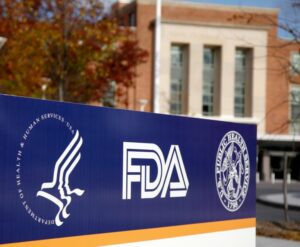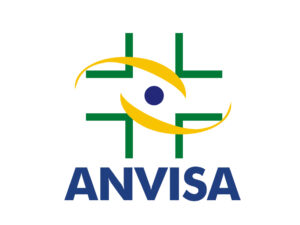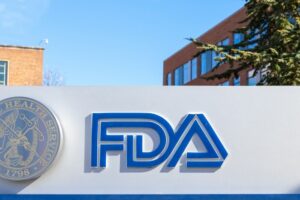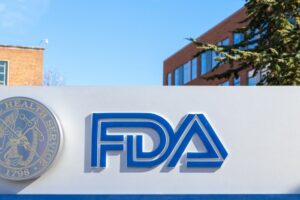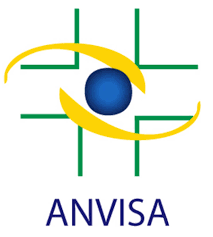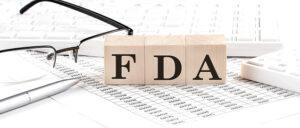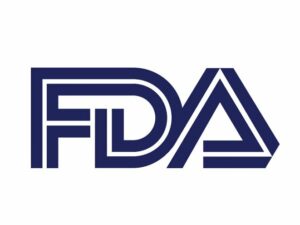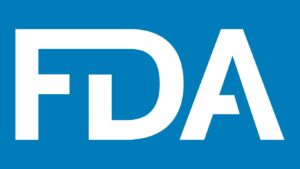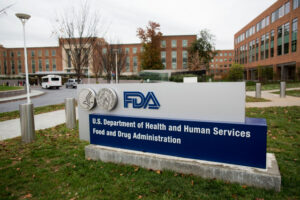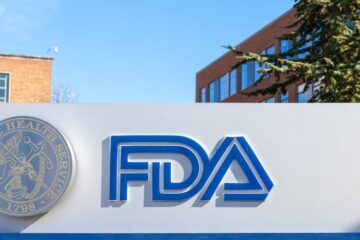The new article highlights the aspects related to the risk management process for the supply of medical devices.
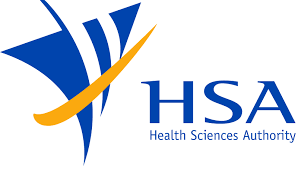
Table of Contents
The Health Sciences Authority (HSA),Singapore’s regulatory agency in the sphere of healthcare products, has published a guidance document dedicated to the field safety corrective action (FSCA) to be taken by the parties responsible for medical devices in order to ensure their continued safety and public health protection. The document provides an overview of the existing regulatory requirements, as well as additional clarifications and recommendations to be considered by medical device manufacturers and other parties involved in order to ensure compliance thereto. At the same time, it is important to mention that provisions of the guidance are non-binding in their legal nature, nor are intended to introduce new rules or impose new obligations, but rather to assist in achieving and sustaining compliance. The authority also reserves the right to make changes to the guidance, should such changes be reasonably necessary to reflect corresponding changes to the underlying regulations.
The scope of the guidance covers, inter alia, the aspects related to the risk management process for the supply of medical devices.
Risk Management Process: Key Points
Under the general rule, the products covered by the scope of FSCA should be determined in the field safety notice (FSN) to be issued by the party responsible for a medical device in question. The authority additionally emphasizes that the products addressed by the FSCA should not be supplied and made available to customers unless the necessary corrective actions are duly taken. At the same time, the ones that are not affected by the scope of the field safety corrective action could still be supplied without additional restrictions in line with the applicable regulatory requirements.
According to the guidance, depending on the corrective action to be taken, all field safety corrective actions can be divided into the following categories:
- Recalls, and
- Other corrective actions.
In case of a recall, the affected devices should not be supplied. The authority states that once affected devices have been recalled from the field, the dealer shall ensure that the recalled devices are quarantined / disposed and not permitted for further supply.

Other Corrective Actions: Sub-Categories
Other corrective actions could also be divided into two sub-categories, namely:
- Corrections limited to labeling, and
- Corrections not limited to labeling.
The authority further explains that in case of corrective actions limited to labeling, the affected medical devices could be placed on the market provided they are duly accompanied by the respective notice – for instance, in a form of advice provided by the party responsible for a medical device or an additional warning).
It is also important to mention that in accordance with the applicable regulations, the authority is entitled to request additional measures to be taken even in case the correction is initially limited to labeling, and such instructions will be mandatory for the party responsible for a medical device to fulfill. The HSA explains that when determining whether an FSCA is limited to labeling changes, changes in indication or shelf life would be deemed as corrections that are not solely limited to labeling.
The corrective actions that are not limited to labeling, in their turn, could also be divided into two sub-categories, namely:
- Correction-in-progress devices, and
- Corrected devices.
The latter could be placed on the market without additional restrictions, provided they are compliant with the applicable regulatory requirements, including the ones related to change notification (CN). In this respect, the authority refers to a separate guidance document dedicated to change notification in the context of changes to medical devices already registered and allowed for marketing and use in the country. The authority additionally emphasizes that failure to issue the appropriate notification and/or to get the changes approved by HSA, when this is required under the applicable regulations, would constitute an offense, and the responsible party could be subject to sanctions to be imposed based on the provisions of the Health Products Act.
With respect to correction-in-progress medical devices, the main factor to be considered when determining whether they can be supplied is the sufficiency of measures taken by the responsible party to address the safety concerns identified. In this respect, the authority states that if the dealer and product owner substantiates to the authority that the interim risk mitigation measures are sufficient, and the authority concurs with the product owner’s justification, a new supply of correction-in-progress medical devices may be permitted, subject to conditions. As further explained by the HSA, these conditions may include, inter alia, the following ones:
- Ensuring that the affected devices were subject to correction to the extent necessary to address the safety concerns;
- The appropriate field safety notice duly accompanies each supply;
- A responsible party issues a declaration confirming that the full correction for the affected devices has been completed.
It is also stated that the appropriate notice to be issued by the authority may contain instructions to be followed when commencing the supply of correction-in-progress medical devices. Failure to comply with such instructions would constitute an offense under the applicable legislation.
In summary, the present HSA guidance describes in detail different types of corrective actions to be taken by the responsible parties in order to mitigate the risks or safety concerns associated with medical devices placed on the market. The authority highlights the main characteristics of the said types and also outlines the key factors to be taken into consideration.
Sources:
How Can RegDesk Help?
RegDesk is a holistic Regulatory Information Management System that provides medical device and pharma companies with regulatory intelligence for over 120 markets worldwide. It can help you prepare and publish global applications, manage standards, run change assessments, and obtain real-time alerts on regulatory changes through a centralized platform. Our clients also have access to our network of over 4000 compliance experts worldwide to obtain verification on critical questions. Global expansion has never been this simple.
Want to know more about our solutions? Speak to a RegDesk Expert today!
- SEO Powered Content & PR Distribution. Get Amplified Today.
- Platoblockchain. Web3 Metaverse Intelligence. Knowledge Amplified. Access Here.
- Source: https://www.regdesk.co/hsa-guidance-on-field-safety-corrective-actions-risk-management-process/
- 1
- a
- About
- access
- achieving
- Act
- Action
- actions
- Additional
- Additionally
- address
- advice
- agency
- All
- already
- and
- applicable
- applications
- appropriate
- approved
- article
- aspects
- assessments
- assist
- associated
- authority
- available
- based
- case
- categories
- centralized
- change
- Changes
- characteristics
- clients
- commencing
- Companies
- Completed
- compliance
- compliant
- Concerns
- conditions
- consideration
- considered
- constitute
- context
- continued
- Corrections
- Corresponding
- could
- country
- covered
- covers
- critical
- Customers
- dealer
- dedicated
- Depending
- detail
- determined
- determining
- device
- Devices
- different
- divided
- document
- each
- emphasizes
- ensure
- Even
- existing
- expansion
- expert
- experts
- explained
- Explains
- factors
- Failure
- field
- followed
- following
- form
- from
- Fulfill
- full
- further
- General
- get
- Global
- global expansion
- Health
- healthcare
- help
- highlights
- holistic
- HTTPS
- identified
- important
- impose
- imposed
- in
- include
- Including
- indication
- information
- initially
- instance
- instructions
- Intelligence
- introduce
- involved
- issue
- Issued
- issues
- IT
- Key
- Know
- labeling
- Legal
- Legislation
- Life
- Limited
- Line
- made
- Main
- make
- manage
- management
- management system
- mandatory
- Manufacturers
- Market
- Marketing
- Markets
- max-width
- measures
- medical
- medical device
- medical devices
- Mitigate
- mitigation
- more
- namely
- Nature
- necessary
- network
- New
- notification
- obligations
- obtain
- order
- Other
- outlines
- overview
- owner
- parties
- party
- Pharma
- platform
- plato
- Plato Data Intelligence
- PlatoData
- Prepare
- present
- process
- Product
- Products
- protection
- provided
- provides
- public
- public health
- publish
- published
- question
- Questions
- real-time
- recommendations
- refers
- reflect
- registered
- regulations
- regulatory
- related
- request
- required
- Requirements
- reserves
- respective
- responsible
- restrictions
- Risk
- risk management
- Risk Mitigation
- risks
- Rule
- rules
- Run
- Safety
- Said
- same
- Sanctions
- SCIENCES
- scope
- separate
- Shelf
- should
- Simple
- Solutions
- Sources
- speak
- standards
- stated
- States
- Still
- subject
- such
- sufficient
- SUMMARY
- supplied
- supply
- system
- The
- their
- Through
- time
- Title
- to
- TURN
- types
- under
- underlying
- use
- Verification
- warning
- whether
- will
- without
- worldwide
- would
- zephyrnet

